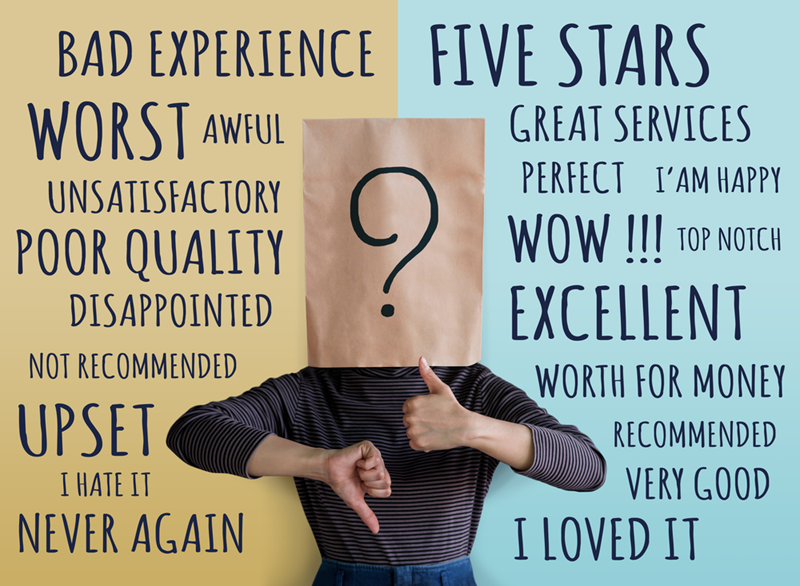
Is Your B.S. Meter Working?
How’s your BS meter?
This is worth sharing, especially in today’s world of deceit and fake news.
In The Wall Street Journal an article called “It’s Time to Tune Up Your B.S. Detector” https://www.wsj.com/articles/fine-tune-your-b-s-detector-youll-need-it-1521471721 truly resonated with me.
The article offers 7 key ways of spotting B.S. like check the source; if it sounds too good to be true it usually is; ask questions; don’t trust your gut; ask for evidence; pay attention to people who discount evidence, and stay offline when you are tired.
Even though these are sound ideas, the article left me wondering about silent clues such as body language, and facial expressions. As a Human Behavior Specialist, bestselling author of “It’s Just a Conversation” and someone that has been observing consumers for over 30 Years as President of Consumer-Perspective LLC, I know that If there is something important to discuss, that conversation needs be done in person. This way you can see if someone is being deceitful, appears unsure of the facts and or is just Bullshitting you!
While the liar’s nose won’t grow here are few key VISUALS that should set off your BS meter:
- When the person is rubbing his or her eyes while telling you something, chances are they don’t believe what they are saying
- When the person is covering their mouth while telling you something, they are lying
- If the person nods their head “no” while telling you something positive, chances are they are lying
For more information on how to boost your BS Meter and read someone like your boss, spouse, friend, family member or anyone else you deal with, contact me at Debbie@consumer-perspective.com and check out my website: www.Consumer-Perspective.com for more info on conversations.








Recent Comments